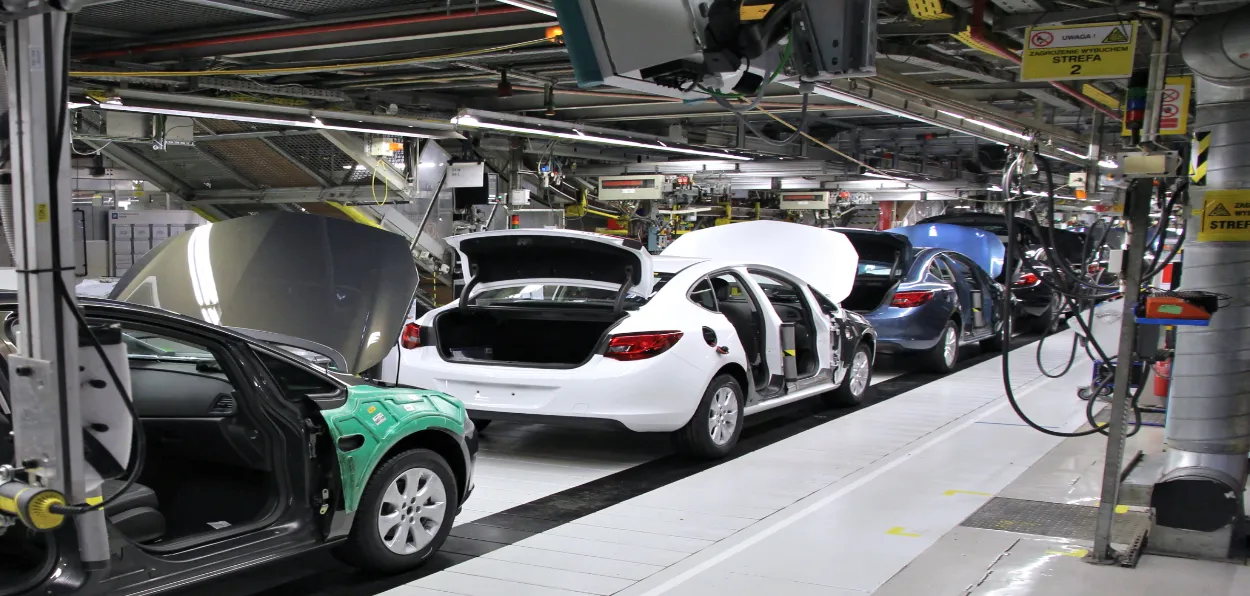
 Rajeev Narayan
Rajeev Narayan
A year into its third term, Modi 3.0 has outlined strategic plans to bolster manufacturing, a saviour of sorts for the Indian economy at a time when external pulls and the US policy shifts are chaining the services sector down. Within manufacturing, the Production-Linked Incentive (PLI) scheme has become the juggernaut, with “sustainable, high-tech and value-driven” initiatives joining the ranks. The end-goal—climate-conscious growth, broad-based employment, and global recognition.
The services sector, long India’s crown jewel, is beginning to show signs of fatigue and fresh exposure to external shocks. The United States’ recent proclamation of a one-time $100,000 fee on new H-1B visa petitions—a move aimed at curbing perceived abuses of the programme—has immediate and potentially lasting consequences for the business model of Indian IT firms that depend on sending staff abroad for higher-value assignments.
Whether the fee applies to renewals or to new petitions, the shock to sentiment and the prospect of higher costs for client work that requires on-shore presence materially change the calculus for exporters of services and technology labour. That repricing of market access accelerates an already-visible recalibration inside India, one that insists that the nation must diversify growth engines and reduce over-reliance on one privileged channel of demand.
Manufacturing on a New Trajectory
The pivot is not merely rhetorical. Since its unveiling in March 2020, the PLI scheme has been the single-largest policy instrument deployed to strengthen domestic production and attract global supply chains. According to government tallies, by November 2024, the PLI ecosystem had generated actual investments of about Rs 1.61 lakh crore and sales of Rs 14 lakh crore, supporting over 11.5 lakh jobs directly and indirectly.
Those headline numbers are not fluff… they reflect real factory floors humming with high-value activity, churning out electronics, pharmaceuticals, food processing, and automotive parts, moving from assembly to value-addition.
Corporate examples galore underline the shift. Apple suppliers and contract manufacturers have rapidly scaled up iPhone assembly in India, seeing exports and domestic production surge as part of the ‘China Plus One’ reorientation of global electronics sourcing. In H1 2025 alone, Apple exports from India climbed substantially, signalling that our nation is no longer just a low-value assembly location, but a rising node in strategic electronics manufacturing and exports.
This is key as high-value electronics bring larger domestic value-add, ancillary suppliers and technology transfers, benefits that cascade to component-makers, logistics providers and software firms servicing manufacturing operations.
The automotive sector, too, has pivoted from internal combustion engine dependence to an electrified supply chain, with legacy automakers and start-ups investing heavily in batteries, power electronics, and local component ecosystems. Tata Motors, for instance, is retooling to localise battery sourcing and build the supply chain needed to make India competitive in both domestic and export markets for electric vehicles. Such investments expand the depth and breadth of manufacturing skills and create jobs across skill levels—from welders and battery assemblers to software engineers working on vehicle controls.
One encouraging microtrend is the Smartphone value chain. India recently became a leading Smartphone exporter to certain markets in 2025 and has seen rapid increases in units and value produced locally. This is a textbook example of targeted policy plus private investment creating a rising export bracket that can offset services-centric export slowdowns.
Manufacturing: The ‘Third Engine’
There are three reasons manufacturing can replace, or at least counterbalance, services in near-term growth contribution. One, manufacturing is less exposed to political shifts in a particular buyer country, as weathering a punitive fee on visas in the US is easier when sales are diversified across a larger basket of goods and markets.
Two, manufacturing creates wider employment; high-value jobs in the services sector are skill-heavy and concentrated in a few urban pockets, while manufacturing can generate mass employment in smaller towns and cities, spurring inclusive growth. Three, manufacturing compels the development of a domestic supplier ecosystem, which multiplies linkages to finance, logistics, education, and R&D; an industrial multiplier that services do not always deliver at scale.
That said, the transition will not be frictionless. Manufacturing’s share of GDP has not yet leapt dramatically. Structural limitations like land, regulatory frictions, logistical bottlenecks, and the time needed to scale local suppliers remain constant. Often, PLI projects face implementation delays or struggle to meet thresholds for incentives, while supply chain constraints and global tariff volatility threaten to slow trajectories.
Market watchers and rating agencies have flagged these risks even as they acknowledge the promise. The lesson is that policy must now move beyond incentives to sustained investment in infrastructure, predictable trade policy, and continuous skilling.
Policy, Politics and Practicalities
Modi 3.0’s narrative of manufacturing as a strategic objective is timely, for it binds climate goals, technology adoption, and export orientation into one roadmap. To succeed, the strategy must sustain momentum on three fronts—convert PLI approvals into fully-commissioned plants by easing land and power bottlenecks and accelerating customs rationalisation so that duty inversion does not penalise domestic value-addition; link skilling programmes more tightly to employer needs so that workforce quality scales with capital investment; and maintain an open investment climate that gives multinational firms confidence to bring critical components and higher-end assembly to India.
If these levers are pulled competently, the prize can be substantial—a diversified export basket, robust job creation across skill levels, and a growth model less dependent on a single foreign policy or visa regime. The $100,000 H-1B shock, therefore, should be seen as both a warning and an opportunity. The warning is that externalities can rapidly alter the terms of trade for services, and offer an opportunity to hasten a manufacturing renaissance whose early victories are already visible in increased PLI-driven investments, surging electronics exports, and renewed auto supply-chain commitments.
ALSO READ: Shakir Ali revived the miniature painting art of Rajasthan
India’s economic future does not require us to choose between services and manufacturing. Rather, the imperative is to balance them—keep high-value, innovation-intensive service firms growing while building a resilient, exportable manufacturing base that multiplies employment and value-addition. The remarkable thing about the present moment is that the pivot is already underway. Policy, capital, and corporate footprints have started to move, and if execution matches intent, manufacturing can become the stabiliser India needs, especially as services adjust to a tougher global landscape.
The writer is a veteran journalist and communications specialist.
